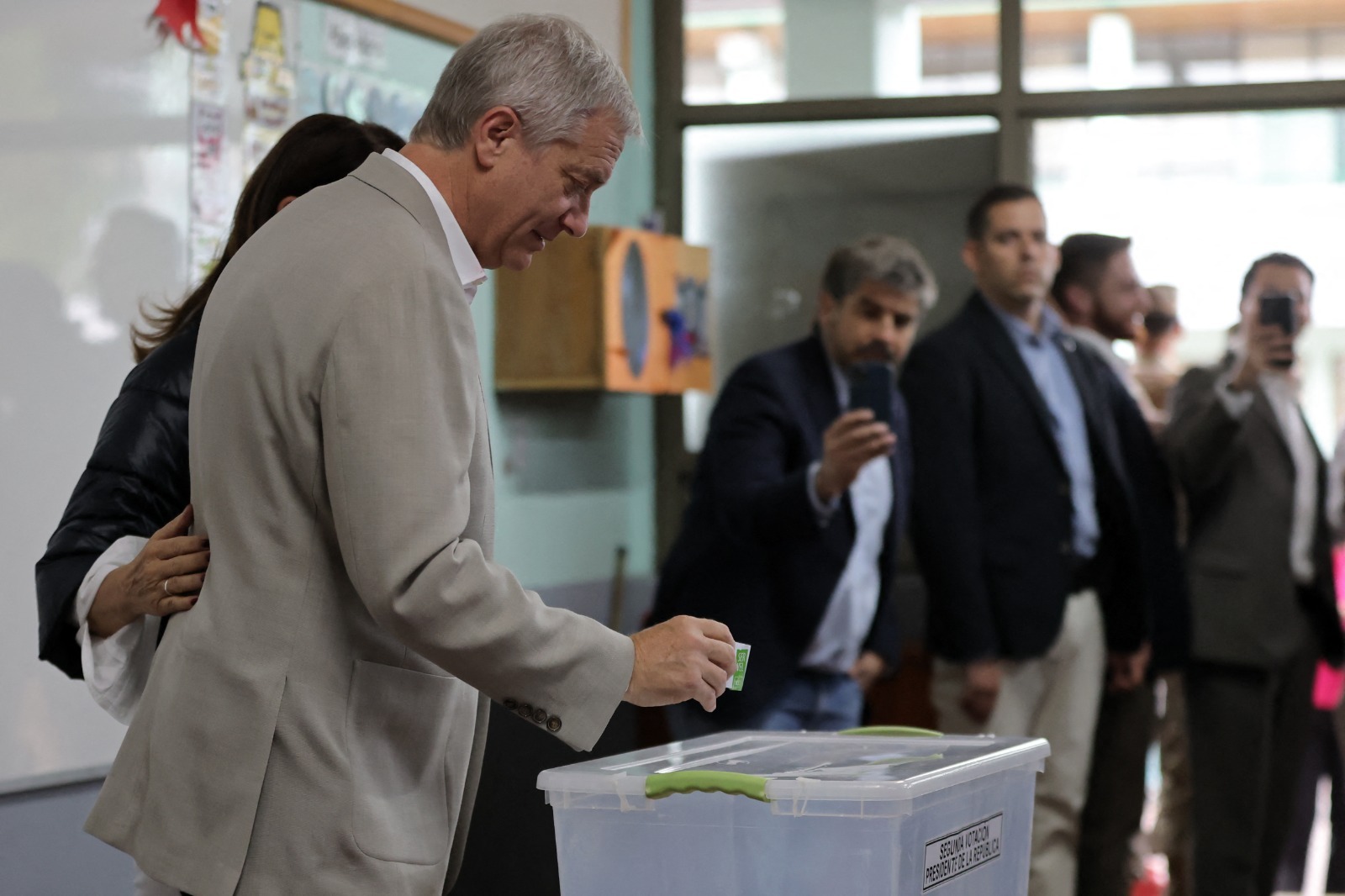HEALTH CARE
At 35, Brazil’s health care system balances achievements and strain

Brazil’s SUS health system is the world’s largest, and has one of the most extensive organ transplant programs on the planet. Photo: Marcelo Camargo/EBC
In the late 1980s, Brazil made a radical promise: health care would no longer be a privilege tied to a paycheck, but a citizen’s right. Thirty-five years ago today, that promise became the Unified Health System (SUS), which still stands as the world’s largest free public health network — one that has saved millions of lives while straining under constant pressure.
Until the creation of the SUS, access to health care in Brazil was largely determined by one’s place in the labor market.Workers with formal jobs could use the state-run medical assistance institute known as Inamps, which was funded through payroll contributions. However, nearly half of Brazilians at the time…

🔒 This was a free preview; the rest is behind our paywall
Don’t miss out! Upgrade to unlock full access. The process takes only seconds with Apple Pay or Stripe. Become a member.

Why you should subscribe
We’re here for readers who want to truly understand Brazil and Latin America — a region too often ignored or misrepresented by the international media.
Since 2017, our reporting has been powered by paid subscribers. They’re the reason we can keep a full-time team of 10 journalists across Brazil and Argentina, delivering sharp, independent coverage every day.
If you value our work, subscribing is the best way to keep it going — and growing.
Interested in advertising with us? Get in touch.
Need a special report? We can do it.
Have an idea for an article or column? Pitch us











